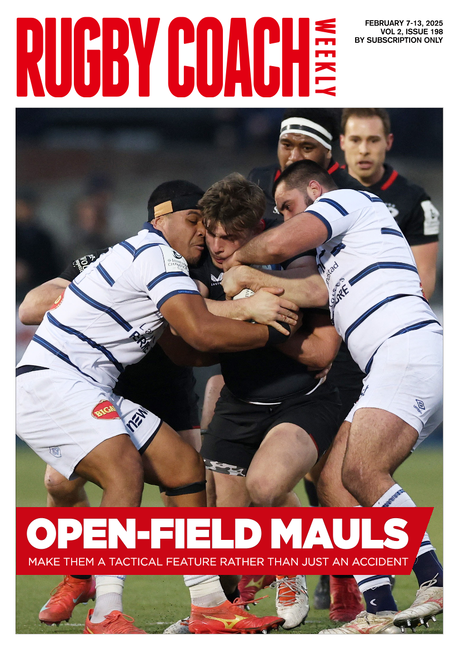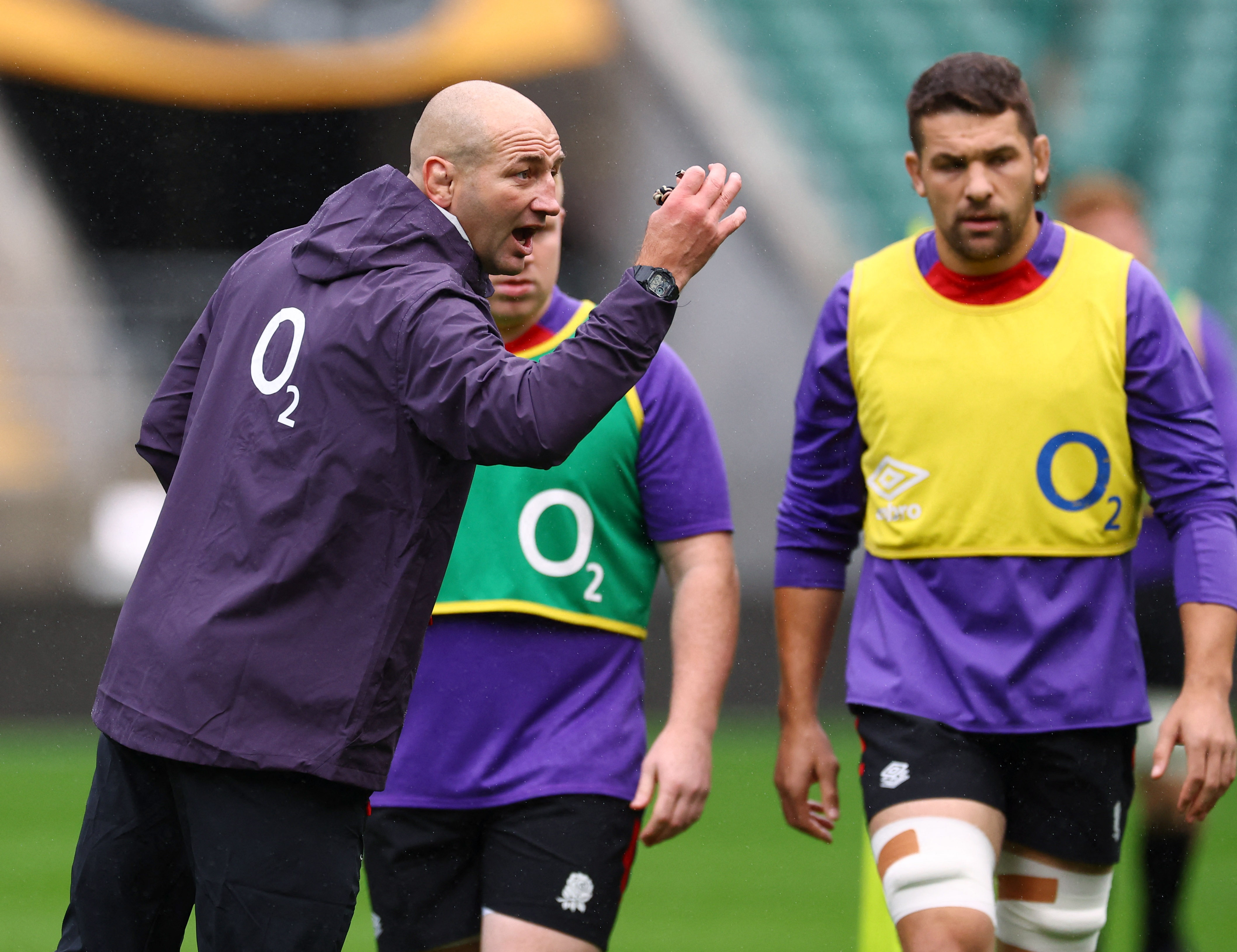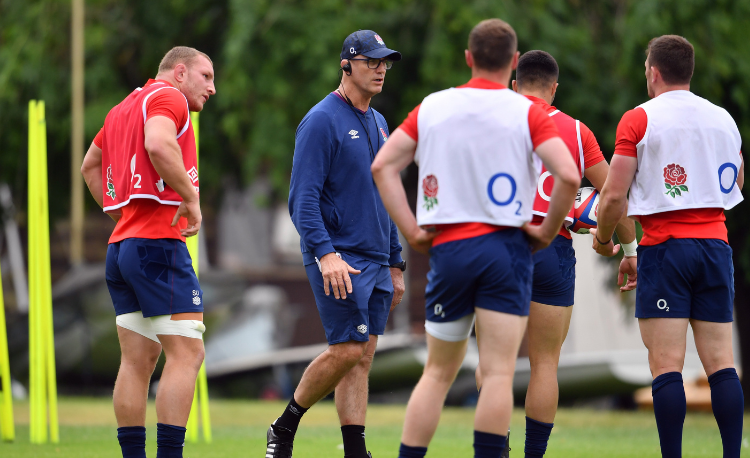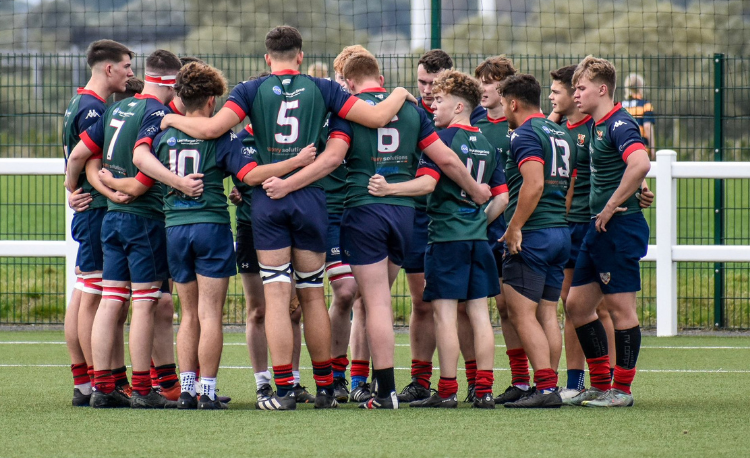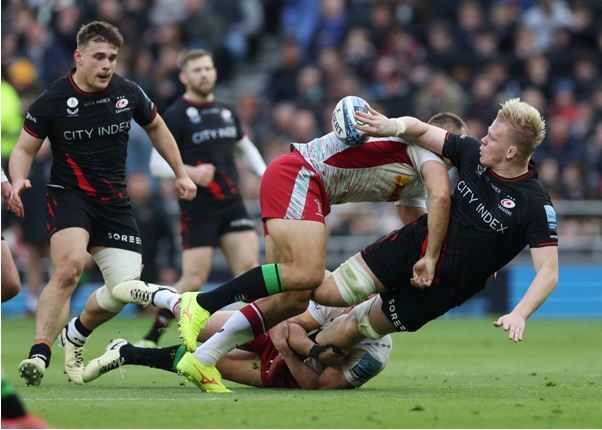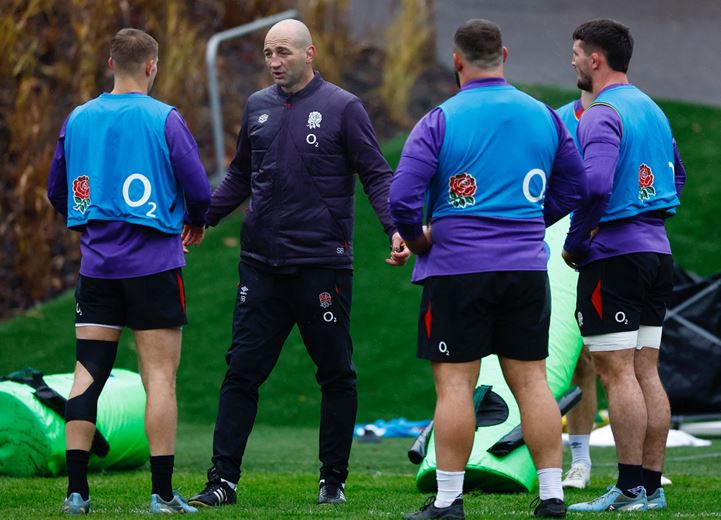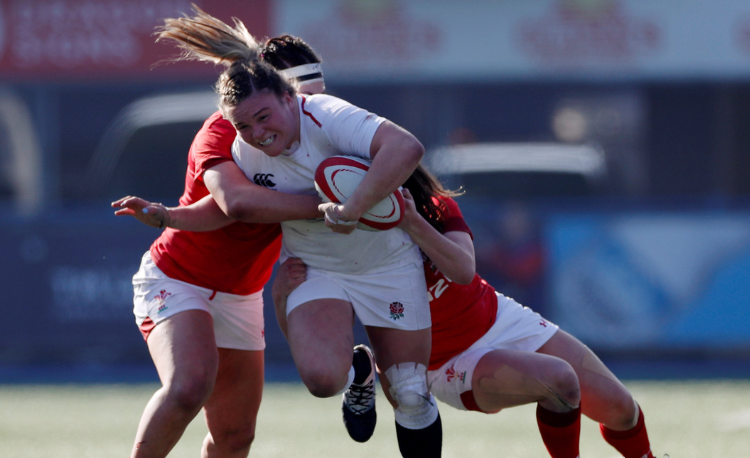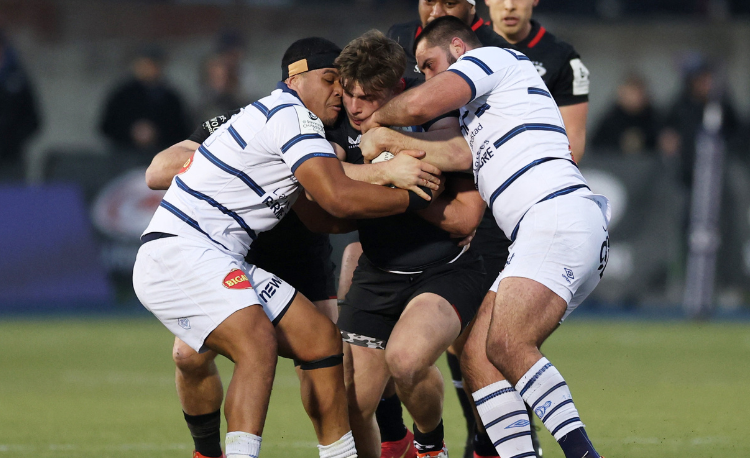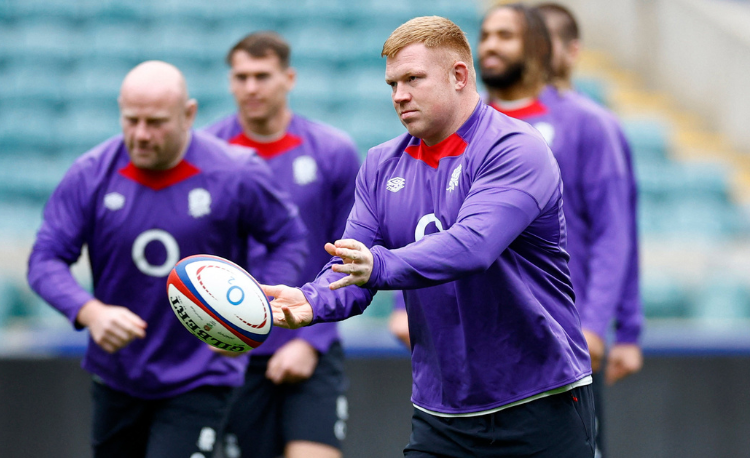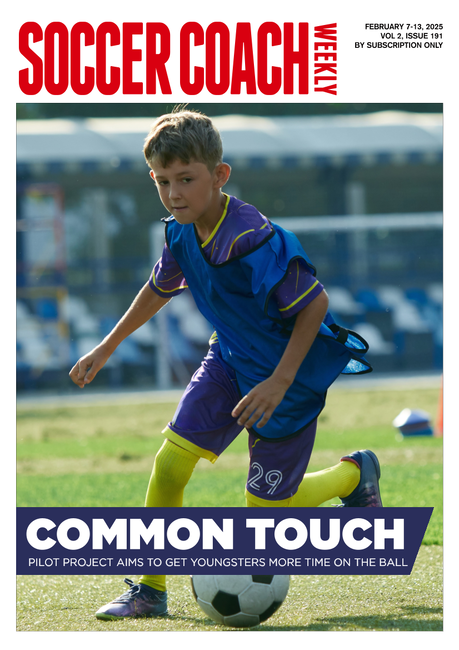Top tips for coaching the inside centre role
STRIKE KICKER OR BACK UP KICKER
The inside centre (12) may also need to be able to kick the ball instead of the fly half (10):
- Because it can relieve the pressure from the fly half. A good defence will target the fly half, probably attacking their kicking foot. A pass to the inside centre can gain some more time.
- A pass before a kick will bring the defence up, therefore leaving more space for the centre to exploit with the kick.
- The inside centre will often have a better angle from which to clear the ball. Here the ball will normally clear away from where the pass comes from. This is known as a "wiper kick".
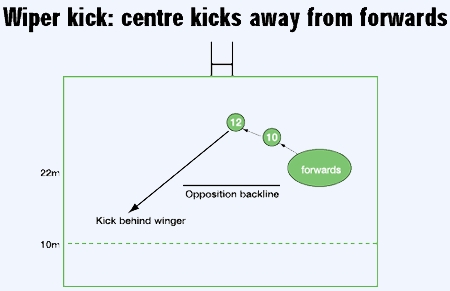
Skills to practise: Most 12 kicks will be long, not high. They will also be at an angle. The inside centre will need to stand a little deeper than normal, so as to run forward to kick. They will also need to turn their shoulders in the direction of the kick before they receive the ball. This will probably mean they are moving away from the pass.
The centre will need to be wary of where the opposition wingers are lying, so they don't plant the ball down their throats. So, they should be lying deeper to receive pass with their shoulders away from pass and their head up to see gaps, and then head down to kick long for space.
TACTICAL KICKER
Some teams employ the inside centre as the "tactical kicker". The difference between a strike kicker and a tactical kicker is that the first is a predetermined move, the second is "off the cuff".
Here the centre takes on a more dominant role in the backline. The fly half is more likely to kick only in defence, whereas the inside centre will be placing the ball over the defence to probe the corners or pressurize the full back (15).
It is very difficult to play both fly half and inside centre as tactical kickers, so one must assume the role. The centre has the advantage of a little more time to see the spaces and will receive a more sympathetic pass than the fly half.
THE SECOND FLY HALF
If the centre is an experienced player, they can act as the player who releases the strike runners. Here the emphasis of attack moves further away from the pack, perhaps creating more space or gaps for runners. It also means that if the fly half ends up in the ruck or maul, then there is someone to take on the responsibility to make a quick decision. The advantages of this tactic are especially useful if there are two good fly halves in the squad.
THE PIVOT PLAYER
The fly half can use the inside centre as a pivot player. Passing the ball to the centre and then running around them to receive it back, creates a number of options. First, it stops the defence momentarily, as they focus on the centre. Second, it allows the fly half a chance to pass the ball further infield, with a better view of the runners. Third, if the defence moves with the fly half, the centre may have an option to run through the gap.
MOVE CALLER
Like acting as the second fly half, it may be better for the inside centre to call the backs moves and allow the fly half to concentrate on receiving the ball and executing the move. The other advantage is that the centre is more likely to be able to see the wider picture from a bit further out. Second phase as well as first phase moves could be called.
Newsletter Sign Up
Coaches Testimonials

Gerald Kearney, Downtown Las Vegas Soccer Club

Paul Butler, Florida, USA

Rick Shields, Springboro, USA

Tony Green, Pierrefonds Titans, Quebec, Canada
Subscribe Today
Be a more effective, more successful rugby coach
In a recent survey 89% of subscribers said Rugby Coach Weekly makes them more confident, 91% said Rugby Coach Weekly makes them a more effective coach and 93% said Rugby Coach Weekly makes them more inspired.
Get Weekly Inspiration
All the latest techniques and approaches
Rugby Coach Weekly offers proven and easy to use rugby drills, coaching sessions, practice plans, small-sided games, warm-ups, training tips and advice.
We've been at the cutting edge of rugby coaching since we launched in 2005, creating resources for the grassroots youth coach, following best practice from around the world and insights from the professional game.


